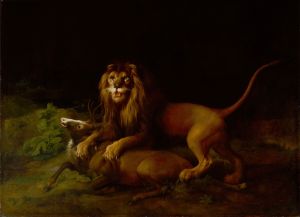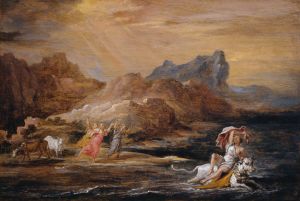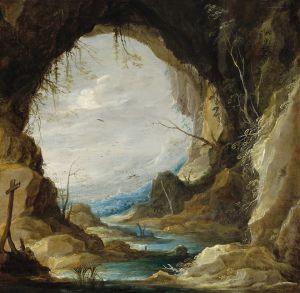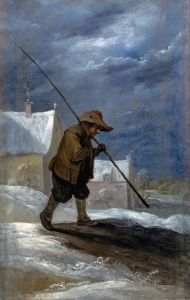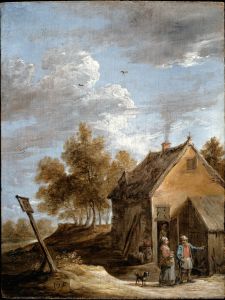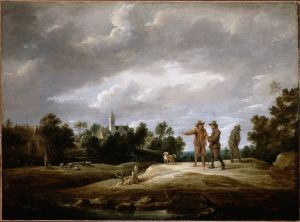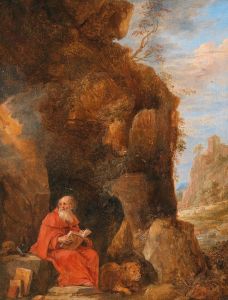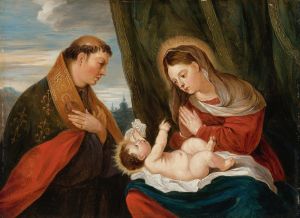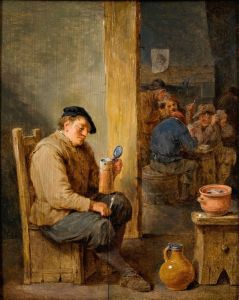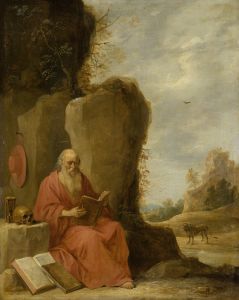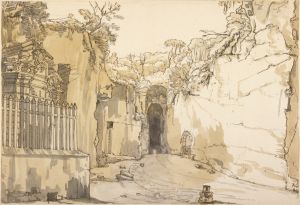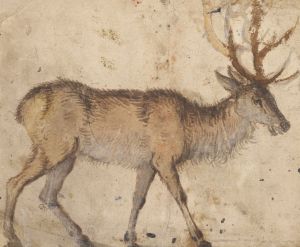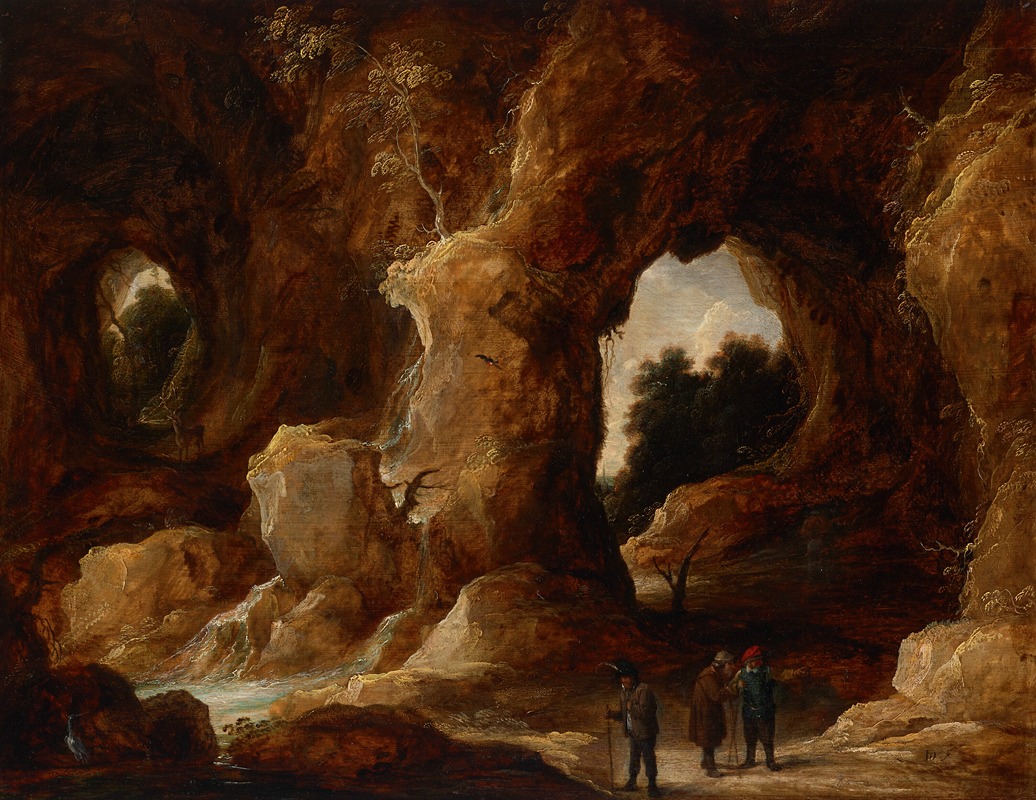
A grotto with figures, a stag and stork
A hand-painted replica of David Teniers The Younger’s masterpiece A grotto with figures, a stag and stork, meticulously crafted by professional artists to capture the true essence of the original. Each piece is created with museum-quality canvas and rare mineral pigments, carefully painted by experienced artists with delicate brushstrokes and rich, layered colors to perfectly recreate the texture of the original artwork. Unlike machine-printed reproductions, this hand-painted version brings the painting to life, infused with the artist’s emotions and skill in every stroke. Whether for personal collection or home decoration, it instantly elevates the artistic atmosphere of any space.
David Teniers the Younger (1610-1690) was a renowned Flemish Baroque painter known for his detailed and vibrant depictions of peasant life, landscapes, and genre scenes. One of his notable works is "A Grotto with Figures, a Stag and Stork," which exemplifies his skill in creating intricate and lively compositions.
This painting, like many of Teniers' works, captures a moment of everyday life, set within a naturalistic landscape. The scene is set in a grotto, a common feature in Teniers' landscapes, which often included rustic and picturesque elements. The grotto serves as a backdrop for the figures and animals that populate the scene, creating a sense of depth and perspective.
In "A Grotto with Figures, a Stag and Stork," Teniers employs his characteristic attention to detail and vibrant color palette. The figures in the painting are depicted with a sense of movement and interaction, suggesting a narrative or moment of daily activity. The inclusion of a stag and a stork adds to the naturalistic setting, highlighting Teniers' ability to integrate wildlife seamlessly into his compositions.
Teniers was known for his ability to capture the textures and materials of the natural world, and this painting is no exception. The rocky surfaces of the grotto, the foliage, and the animals are rendered with meticulous detail, showcasing his observational skills and technical prowess. The lighting in the painting is also noteworthy, with a play of light and shadow that adds to the three-dimensionality of the scene.
The painting reflects the influence of Teniers' contemporaries and predecessors, including his father, David Teniers the Elder, and the renowned Peter Paul Rubens. Teniers the Younger was also influenced by the works of the Dutch and Flemish masters, which is evident in his use of color, composition, and attention to detail.
David Teniers the Younger enjoyed considerable success during his lifetime, receiving commissions from prominent patrons, including the Archduke Leopold Wilhelm of Austria. His works were highly sought after, and he played a significant role in the development of genre painting in the 17th century.
"A Grotto with Figures, a Stag and Stork" is a testament to Teniers' ability to blend genre scenes with landscape painting, creating works that are both engaging and technically accomplished. The painting remains an important example of Flemish Baroque art and continues to be appreciated for its artistic merit and historical significance.
Today, David Teniers the Younger's works can be found in major museums and collections around the world, where they continue to be studied and admired for their contribution to the art of the Baroque period.





